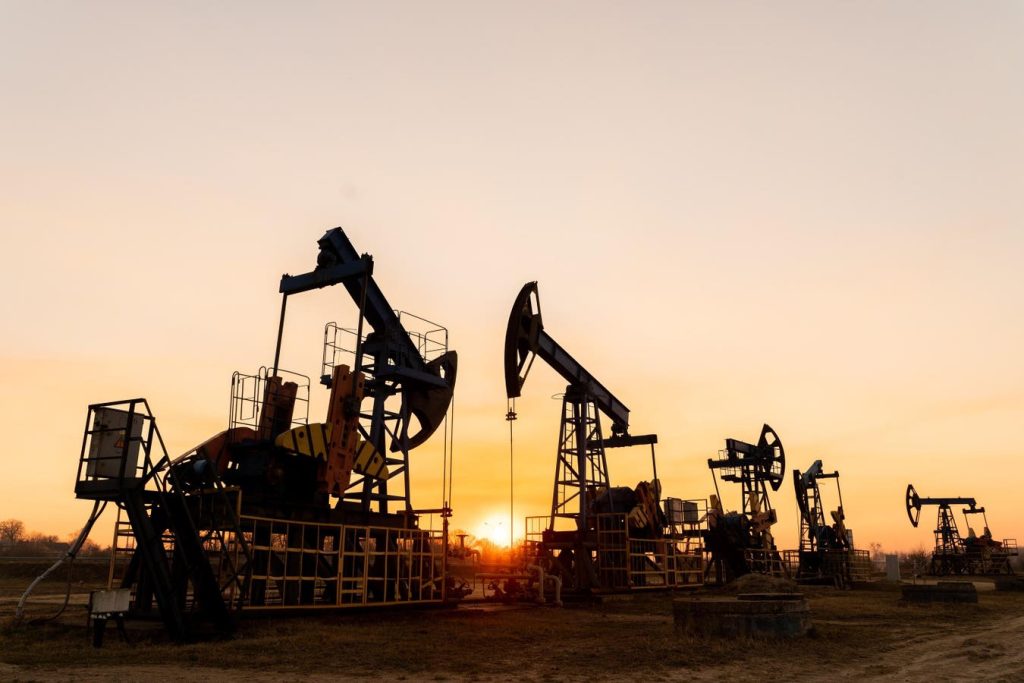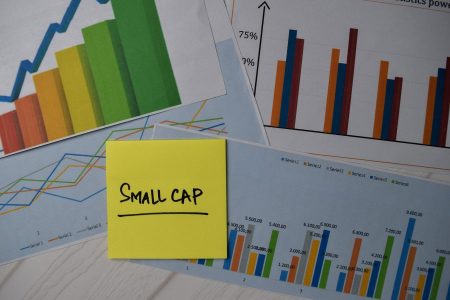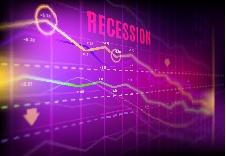The year 2024 witnessed a stark divergence in commodity market performance, with precious metals like gold and silver shining brightly while industrial and agricultural commodities faced significant headwinds. Gold surged an impressive 27.2%, reaffirming its status as a safe-haven asset amid global economic uncertainty. This robust performance, driven by continued central bank buying, inflationary pressures, and a growing U.S. deficit, marked one of gold’s best annual showings in over a decade, even outperforming the S&P 500. Gold’s consistent strength this century is further underscored by its positive annual price growth in 84% of the years since 2000. Silver also delivered substantial gains, rising 21.7%, and its dual nature as both a precious and industrial metal, particularly its crucial role in solar panels and electrification, positions it for potentially even stronger performance in 2025.
The industrial metals sector, however, faced a more challenging environment. Global manufacturing, a key indicator of commodity demand, concluded 2024 on a weakened footing, with the JPMorgan Global Manufacturing PMI contracting further in December. This slowdown in output and new orders suggests a sluggish start to 2025, raising concerns about the demand outlook for essential industrial metals like copper, aluminum, and nickel. Although China, the world’s leading metals consumer, offered a glimmer of hope with modest manufacturing expansion, overall sentiment remained cautious, reflecting the broader global economic uncertainties.
Despite the manufacturing slowdown and political shifts, commodities linked to clean energy and electrification demonstrated resilience. Copper and aluminum registered gains of 2.2% and 7.7%, respectively, buoyed by robust demand from renewable energy projects, electric vehicles (EVs), and grid modernization initiatives. This sustained demand, evidenced by the significant growth in solar and energy storage installations reported by Bloomberg New Energy Finance, underscores the ongoing global commitment to the energy transition. However, meeting the exponential demand for these critical metals requires substantial investment in exploration and production. The challenge is significant, with projections suggesting a need for 41 million metric tons of copper annually by 2050, a target far exceeding current production capacity and new discoveries.
In contrast to the positive performance of precious and energy transition metals, other commodities faced substantial declines. Natural gas prices plummeted nearly 71% due to mild weather in Europe, while agricultural commodities like wheat and corn also struggled, falling 40.9% and 28.8%, respectively. Even lithium, a key component in EV batteries, experienced a significant 21.8% drop, reflecting temporary oversupply and slowing demand growth in China. This divergence in performance highlights the complex interplay of factors influencing individual commodity markets, from weather patterns and geopolitical developments to supply chain dynamics and technological advancements.
The outlook for commodities in 2025 is clouded by several headwinds, including policy uncertainty and interest rate pressures. Shifts in political priorities, particularly regarding energy policy and international trade, could impact the pace of the energy transition and disrupt global trade flows, potentially dampening demand for industrial and energy commodities. Protectionist measures, such as proposed tariffs, could further exacerbate the situation, with potential negative repercussions for global GDP growth and commodity consumption. Adding to the complexity is the uncertainty surrounding interest rate policy. While the Federal Reserve is anticipated to cut rates in 2025, the extent and timing of these cuts remain unclear. Higher interest rates for a prolonged period could constrain economic activity and further weigh on demand for raw materials.
Despite these challenges, long-term opportunities persist within the commodity sector. Gold and silver are expected to maintain their appeal as safe-haven assets amid ongoing global uncertainty. Meanwhile, metals crucial for electrification and clean energy infrastructure, such as copper and nickel, are poised to benefit from continued investment in these sectors, driven by long-term decarbonization goals and technological advancements. The 2024 Periodic Table of Commodity Returns serves as a reminder of the cyclical nature of markets and the importance of staying informed. As 2025 unfolds, investors must carefully navigate these complexities, positioning themselves to mitigate risks and capitalize on emerging opportunities in the evolving global economy.










